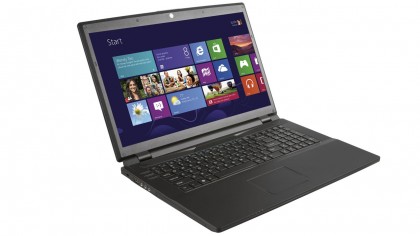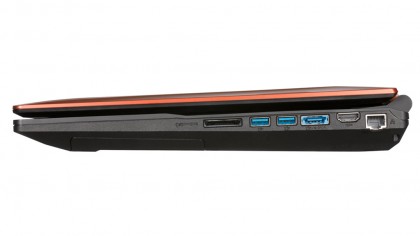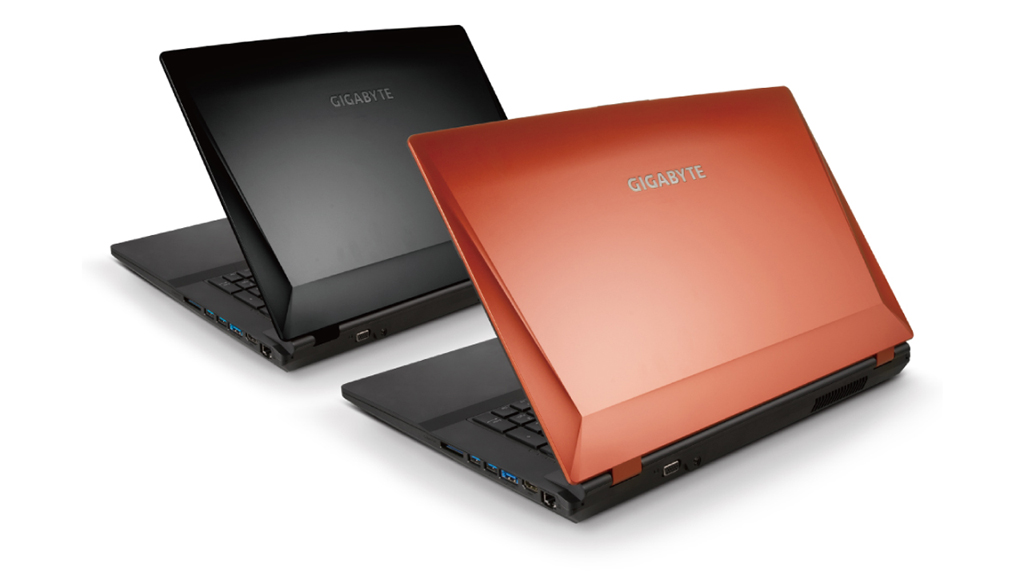Why you can trust TechRadar
The first thing we need to dispense with is any expectation that the Gigabyte P2742G has one of Intel's latest Haswell CPUs. It doesn't.
While the prospect of spending £1,000 on yesterday's tech may be offputting, in this case it's not a major issue. Haswell doesn't bring big improvements in CPU performance, and its really major contribution is towards battery life involves ultra-low voltage processor models - not the sort of quad-core beastie served up by Gigabyte here.
So, the Ivy Bridge-era Intel Core i7-3630QM with its four cores and top turbo frequency of 3.4GHz is plenty of processor.

OK, its integrated Intel HD Graphics 4000 has now been thoroughly eclipsed by Intel's new Iris graphics. But that's no biggie when you consider there's an Nvidia Geforce 660M dedicated GPU on board. It's clocked at 835MHz, which is extremely healthy and has 2GB of graphics memory humming along at 5GHz data rate.
However, what it doesn't have is a huge number of Nvidia's graphics processing shaders. Just 384 shaders is less than spectacular in the context of Nvidia's top mobile GPUs that now offer up to 1,536 of the little floating-point blighters.
Indeed, the PC Specialist Vortex III 680 has just such a top-flight Geforce GTX 680M chip. Of course, something has to give to keep the price down. But we know from the get-go that the Gigabyte P2742G isn't going to top the tables for raw graphics performance.
Question is, is that GTX 660M chip good enough? Or it is a false economy on a laptop that must deliver decent gaming to make any sense?

Still, at least Gigabyte hasn't skimped on storage. There's a 128GB solid-state drive from Liteon providing proper desktop-class performance for the main boot and operating system. That's backed up by a full 1TB of additional storage from an old-school Toshiba magnetic disk. It's a combo that makes a lot of sense.
And while we're on the subject of drives, the optical item is a Blu-ray ROM and DVD burner. So the Gigabyte P2742G could also double as the basis of a pack-away home cinema rig.
As for the battery, it's a fairly meaty 76-watt-hour item. To put that into context, Apple's current 15-inch MacBook Pro sports a 95-watt-hour battery. It's not a direct competitor, of course. But it does provide a reference point.
Nobody makes big laptops that last quite like Apple's. And the smaller screen on the MacBook is only going to increase its advantage. While we're speaking screens, Gigabyte has gone for a 17.3-inch item full-HD panel with a 1,920 by 1,080 pixel grid and TN technology.
Technology and cars. Increasingly the twain shall meet. Which is handy, because Jeremy (Twitter) is addicted to both. Long-time tech journalist, former editor of iCar magazine and incumbent car guru for T3 magazine, Jeremy reckons in-car technology is about to go thermonuclear. No, not exploding cars. That would be silly. And dangerous. But rather an explosive period of unprecedented innovation. Enjoy the ride.
